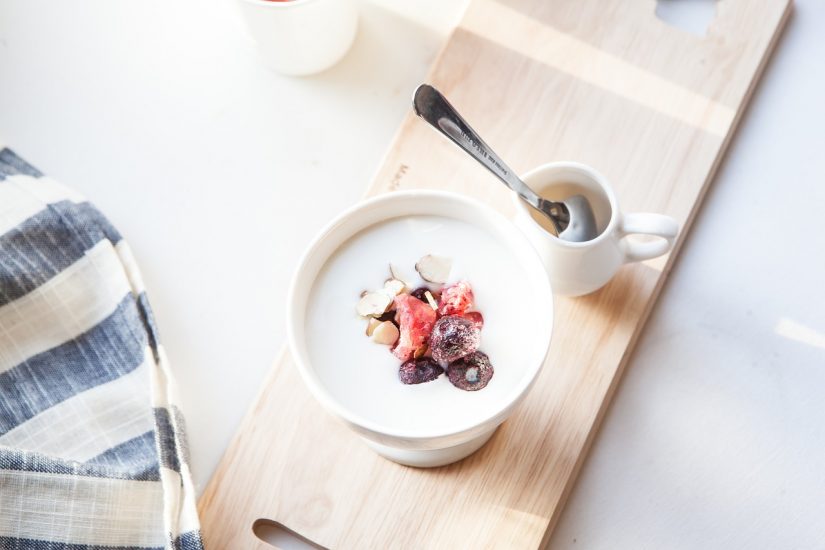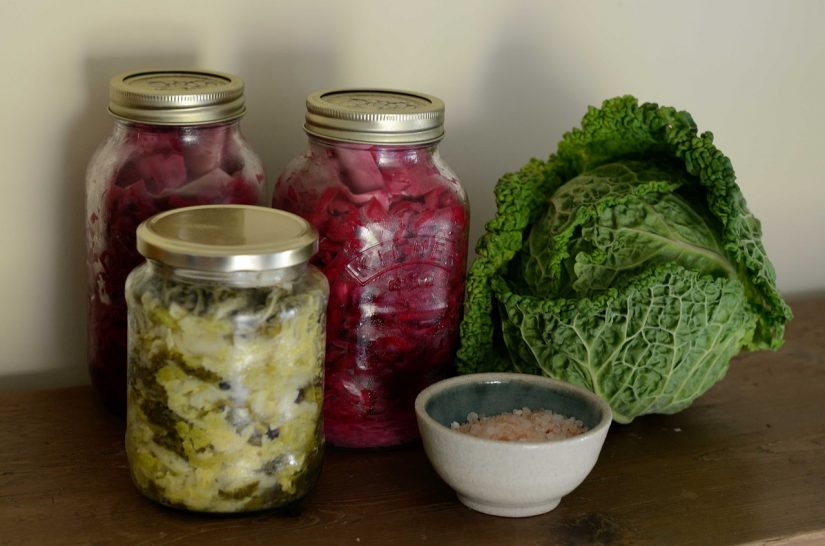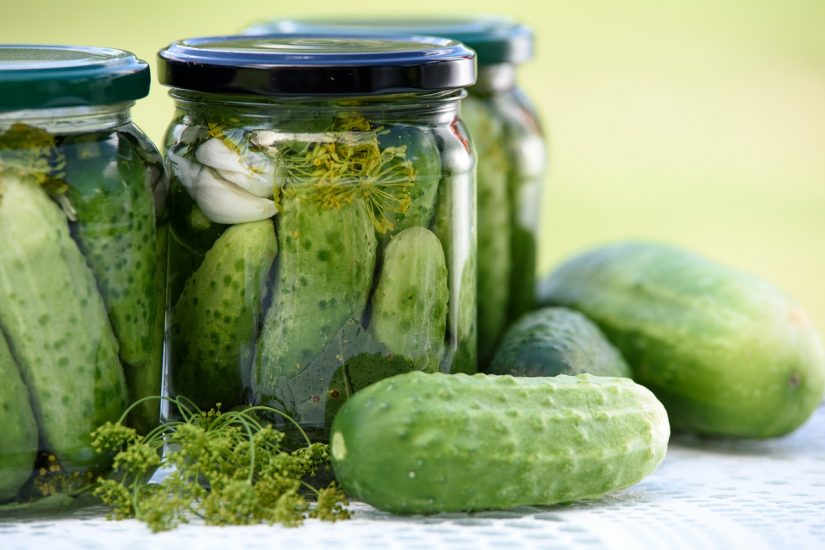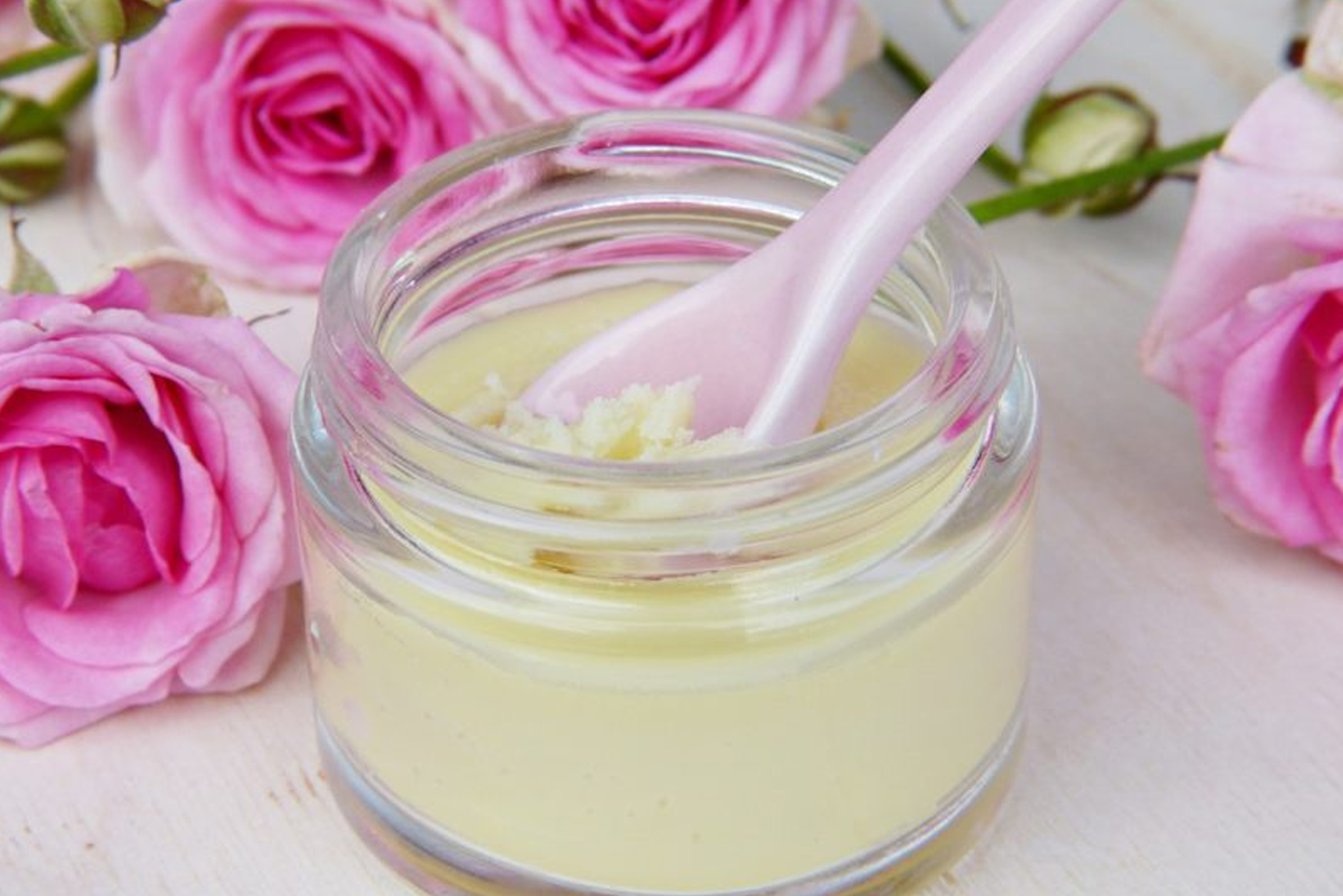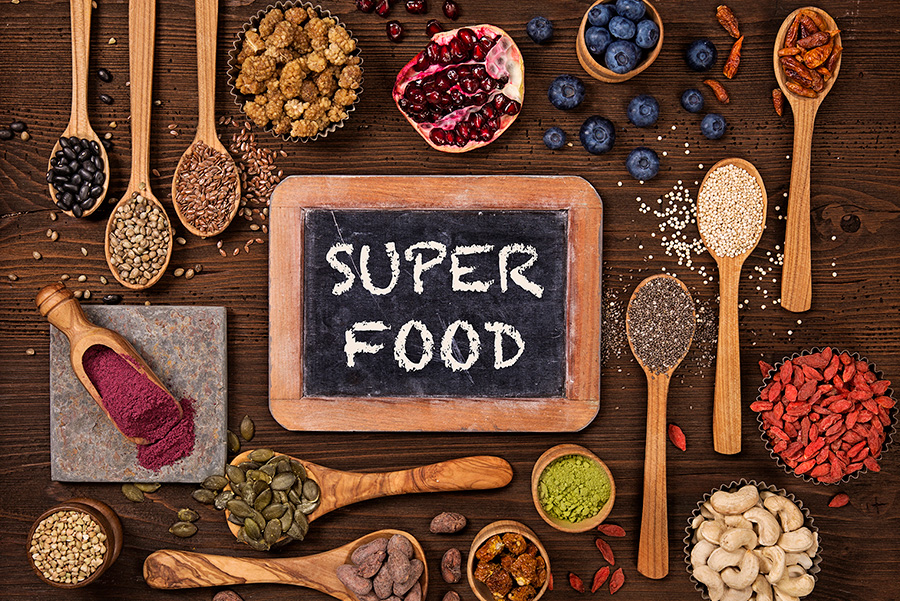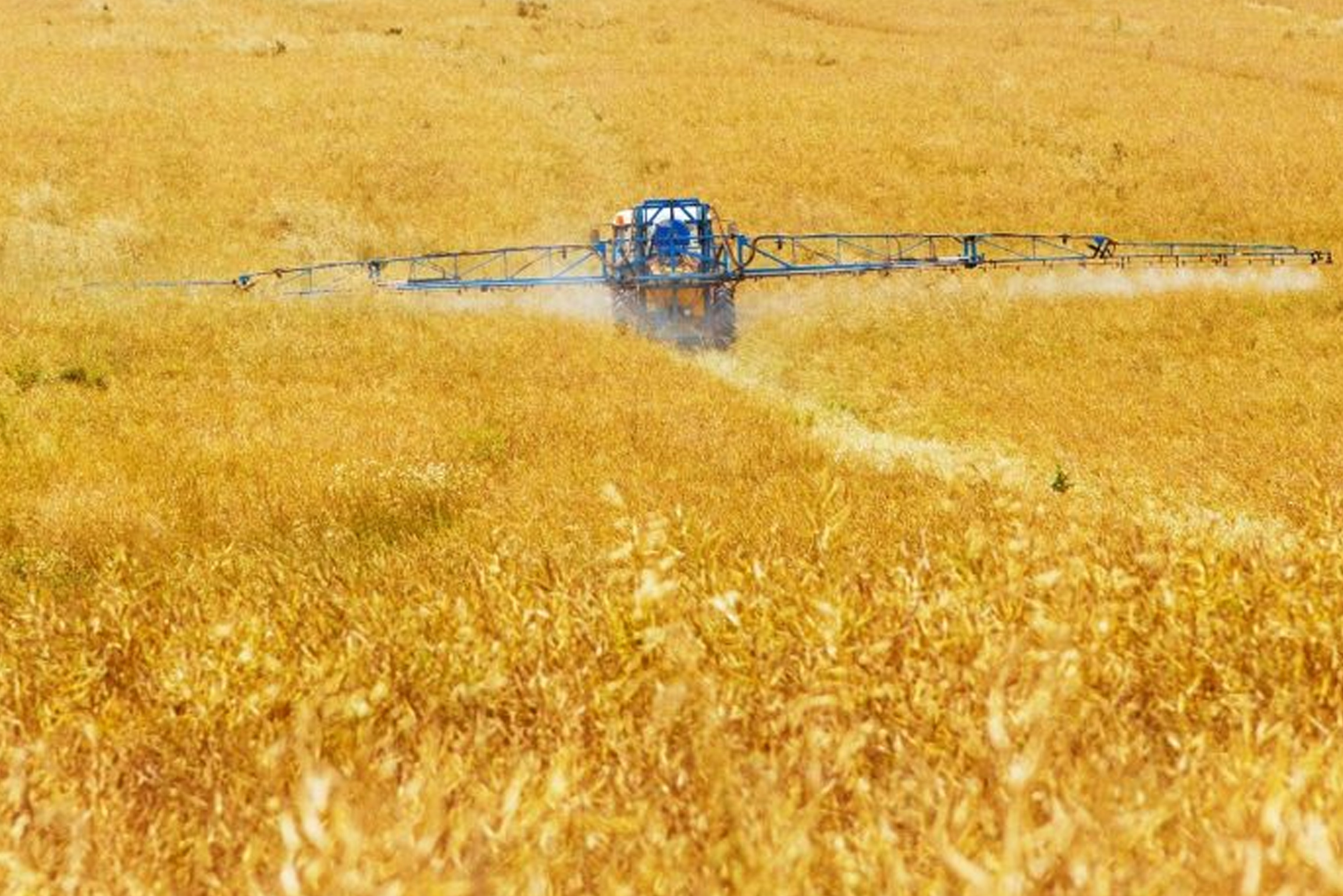Probiotics for a Great Health & Happy Mood (I)
Russian microbiologist Elie Metchnikoff (1845-1916) was the first to associate the large amounts of fermented dairy products with the good health and longevity of Bulgarians back in 1907. He proposed that the acid-producing organisms in fermented dairy products could prevent what he called “fouling” in the large intestine. He believed if eaten regularly, these foods could lead to a longer, healthier life. One version of the Old Testament even attributes Abraham’s long life — 175 years — to the “consumption of sour milk.” Fermented milk products may have also been used to treat illnesses of the digestive tract during Roman times.
The scientific community agrees that there are potential health benefits of probiotics. However, more research is needed to solidify the claims. The best we can say right now is they won’t hurt and may help.
Differences between probiotics and prebiotics
What are Probiotics?
Probiotics are live bacterias and yeasts that are good for your health. We usually think of bacteria as something that causes diseases. But your body is full of bacteria. Probiotics are often called “good” or “helpful” bacteria because they help keep your gut healthy. The root of the word probiotic comes from the Greek word “pro” meaning “promoting” and “biotic” meaning “life”. The discovery of probiotics came by Elie Metchnikoff, known as the “Father of Probiotics” had observed that rural dwellers in Bulgaria lived to very old ages despite extreme poverty and harsh climate. He theorized that health could be enhanced and senility delayed by manipulating the intestinal micro-biome with host-friendly bacteria found in sour milk.
What are Prebiotics?
Prebiotics are usually in the form of oligosaccharides, which may occur naturally but can also be added as dietary supplements to foods, beverages, and infant formula. Chicory root is considered the richest natural source. Prebiotics are considered functional foods, so-called because they provide health benefits that go beyond basic nutrition. Although they are also available in supplement form, prebiotics occur naturally in a number of common foods with high fiber content.
When probiotics and prebiotics are combined, they form a synbiotic. Fermented dairy products, such as yogurt and kefir, are considered synbiotic because they contain live bacteria and the fuel they need to thrive.
What Does a Probiotic Do?
Our bodies are home to a mix of good and bad bacteria. They’re pretty much everywhere — the mouth, gut, and skin. Probiotics may help to:
- improve immune function
- protect against hostile bacteria to prevent infection
- improve digestion and absorption of food and nutrients
Under normal or “balanced” conditions, friendly bacteria in the gut outnumber the unfriendly ones. Probiotics can act as gut-beneficial bacteria that create a physical barrier against unfriendly bacteria.
Probiotics can also help offset the bacterial imbalance caused by taking antibiotics. Antibiotics kill good bacteria along with the harmful ones, often leading to gas, cramping or diarrhea. Potential benefits of probiotics have been seen in the treatment or prevention of many conditions such as diarrhea, irritable bowel syndrome, ulcerative colitis, and Crohn’s disease.
Probiotics may help breakdown protein and fat in the digestive tract — a valuable benefit to help infants, toddlers or patients who need to build strength throughout and after an illness.
What Foods Have Probiotics
- Yogurt
Yogurt is one of the best sources of probiotics, which are friendly bacteria that can improve your health. Yogurt is made from milk that has been fermented by friendly bacteria, mainly lactic acid bacteria and bifidobacteria.
- Kefir
Similar to yogurt, this fermented dairy product is a unique combination of milk and fermented kefir grains. Kefir has been consumed for well over 3,000 years; the term kefir originated in Russia and Turkey and means “feeling good.” It has a slightly acidic and tart flavor and contains anywhere from 10 to 34 strains of probiotics. Kefir is similar to yogurt, but because it is fermented with yeast and more bacteria, the final product is higher in probiotics.
- Sauerkraut
Sauerkraut is finely shredded cabbage that has been fermented by lactic acid bacteria. It is one of the oldest traditional foods and is popular in many countries, especially in Europe. Sauerkraut is often used on top of sausages or as a side dish. It has a sour, salty taste and can be stored for months in an airtight container.
- Tempeh
Hailing from Indonesia, this fermented soybean product is another source of probiotics. Tempeh is created by adding a tempeh starter to soybeans. The product is then left to sit for a day or two. The result is a cake-like product.
- Kimchi
Kimchi is a fermented, spicy Korean side dish. Cabbage is usually the main ingredient, but it can also be made from other vegetables. A mix of seasonings is used for flavor, such as red chili pepper flakes, garlic, ginger, scallion and salt. Kimchi contains the lactic acid bacteria Lactobacillus kimchii, as well as other lactic acid bacteria that may benefit digestive health
- Miso
Miso is a Japanese seasoning. It is traditionally made by fermenting soybeans with salt and a type of fungus called koji. Miso can also be made by mixing soybeans with other ingredients, like barley, rice and rye.
- Kombucha
Kombucha is a fermented black or green tea drink. This popular tea is fermented by a friendly colony of bacteria and yeast. It is consumed in many parts of the world, especially Asia.
- Pickles
Pickles (also known as gherkins) are cucumbers that have been pickled in a solution of salt and water. They are left to ferment for some time, using their own naturally present lactic acid bacteria. This process is what makes them sour.
- Natto
Natto is another fermented soybean product, like tempeh and miso. It contains a bacterial strain called Bacillus subtilis. Natto is a staple in Japanese kitchens. It is typically mixed with rice and served with breakfast.
All this food have probiotic in it. Why should you take probiotics? Do want to improve your health and be stronger? That’s a very good reason, don’t you think?
